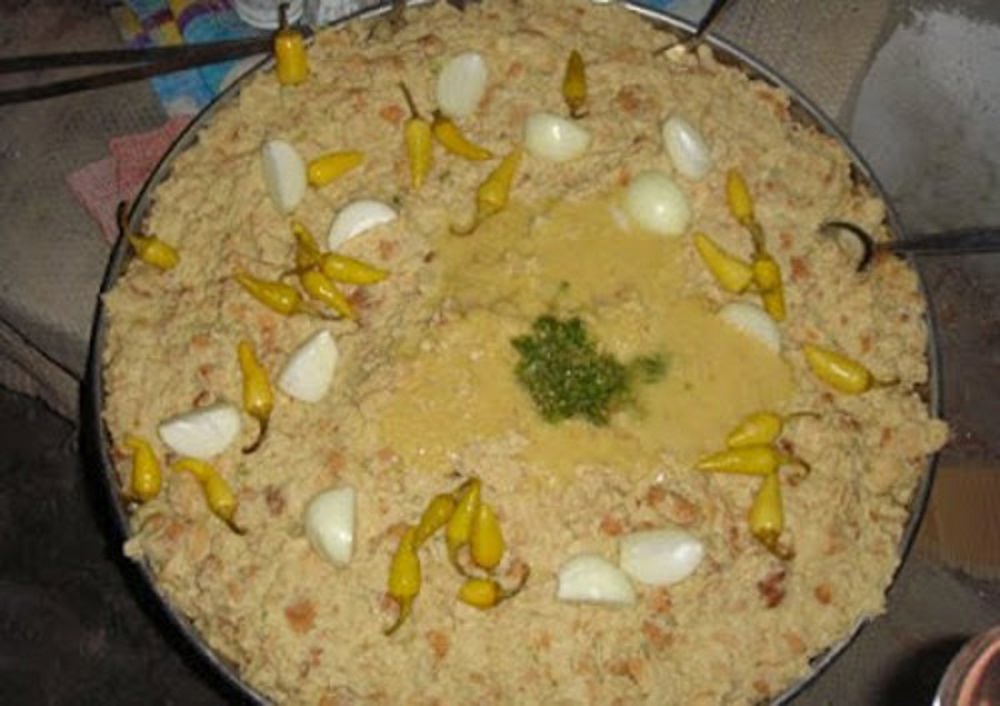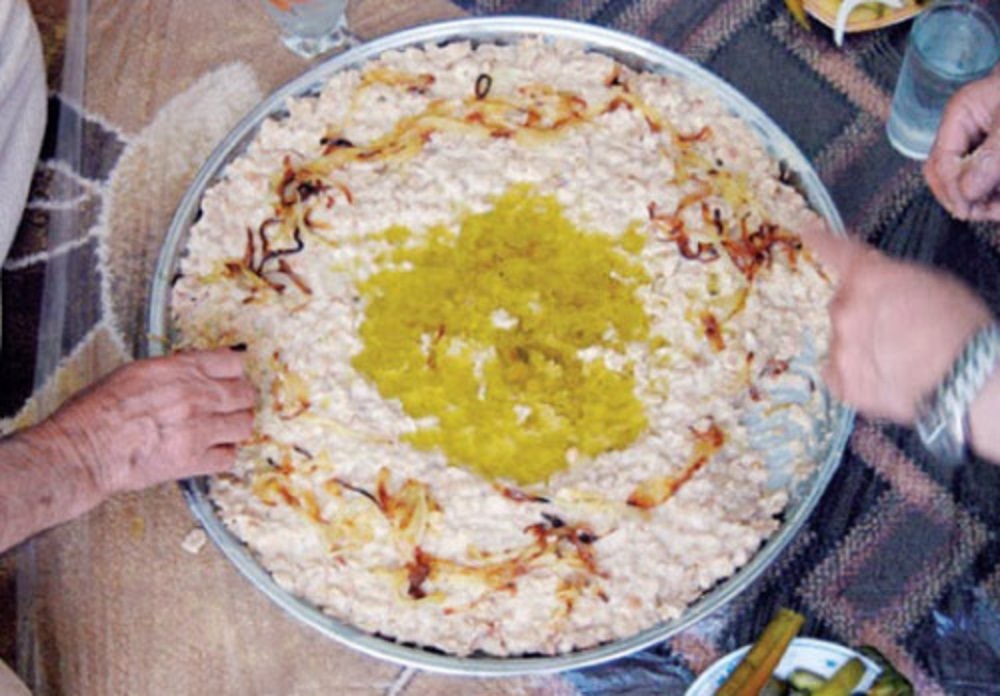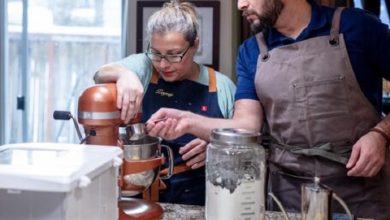Al-Mujallala: Rediscovering Jordan’s Forgotten Traditional Dish
A Deep Dive into the History, Ingredients, and Cultural Significance of Mujallala, a Humble Yet Flavorful Jordanian Meal^.
Al-Mujallala (Arabic: المجللة) is a simple, nourishing, and deeply traditional Jordanian dish, largely forgotten in modern kitchens but remembered fondly in rural communities—especially in the northern and central regions of Jordan such as Ajloun, Salt, and rural Irbid. This dish, once a staple during cold seasons and modest times, reflects the resourcefulness and creativity of Jordanian women who crafted hearty meals from the most basic ingredients.
Although it’s rarely found on modern restaurant menus, mujallala is making a quiet comeback, thanks to efforts by food historians, local chefs, and cultural revivalists who aim to preserve Jordan’s intangible culinary heritage.
1. What Is Mujallala?
Mujallala is a flour-based dish cooked in olive oil, often finished with a warm yogurt sauce and traditionally eaten with fresh or dried bread. The core ingredients include:
-
Flour (often wheat or barley flour)
-
Water
-
Olive oil—a central element of Jordanian village cuisine
-
Salt
-
Jameed or plain yogurt, used as a sauce or side
-
Optional: garlic, chili, or herbs depending on local variations
The dish gets its name from the Arabic verb “jalal,” meaning to cover or coat, referring to how the flour mixture is stirred in the pan until fully coated and browned in oil.

2. How Is Mujallala Made?
The process is simple but requires attention to texture and timing:
-
Flour is mixed with water and salt to create a loose, almost granular dough.
-
A generous amount of olive oil is heated in a large pan, and the dough mixture is gradually stirred in.
-
The mixture is cooked slowly, stirred constantly, until it becomes golden and crumbly.
-
It may then be topped with hot jameed or yogurt sauce, adding creaminess and tang to balance the earthy taste of the flour.
Traditionally, mujallala is served in a communal tray, with everyone eating from the same dish using pieces of bread—a strong symbol of Jordanian hospitality and togetherness.
3. Cultural and Historical Roots
Mujallala emerged in Jordan during periods when access to meat and vegetables was limited, especially during winter or times of economic hardship. Villagers relied on staples like flour, olive oil, and yogurt, which were always available in local homes. The dish is especially connected to:
-
Bedouin and agricultural communities
-
Elderly women, who often prepared it as a comfort food
-
Religious or fasting periods, when light and filling meals were needed
Despite its simplicity, mujallala held great nutritional and emotional value, symbolizing humility, resilience, and community warmth.

4. Mujallala Today: Revival Through Memory and Media
In recent years, culinary activists and cultural researchers in Jordan have worked to document and revive forgotten dishes like mujallala. Cooking shows, YouTube videos, and traditional food festivals are helping young Jordanians reconnect with ancestral recipes that might otherwise disappear.
Today, mujallala may be found in:
-
Traditional cooking workshops
-
Village tourism experiences
-
Home-based female-run food businesses
-
Folklore celebrations and rural cuisine showcases
Efforts to document and preserve Jordan’s intangible food heritage have placed mujallala back in the spotlight as a symbol of culinary authenticity and cultural pride.
A Dish Worth Remembering
Though simple in ingredients, mujallala tells a rich story of Jordan’s history, rural life, and culinary resilience. Its revival reflects a broader movement to preserve forgotten flavors and re-embrace the cultural identity embedded in food. As more Jordanians rediscover mujallala, they’re not just reviving a recipe—they’re honoring generations of tradition and survival through simplicity.



